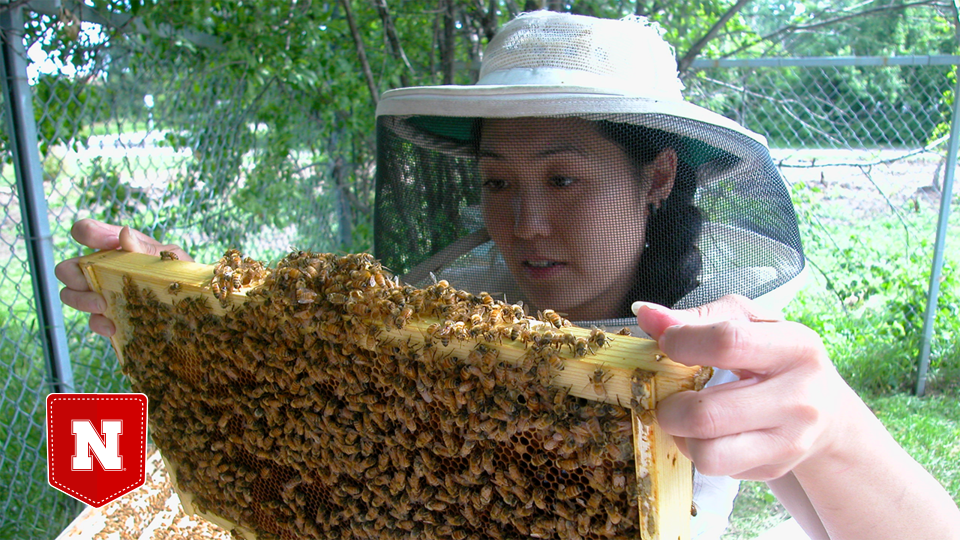· 2 min read
Could an insecticide topple queen bumble bees?

Welcome to Pocket Science: a glimpse at recent research from Husker scientists and engineers. For those who want to quickly learn the “What,” “So what” and “Now what” of Husker research.
What?
Judy Wu-Smart and colleagues previously found that the world’s most popular insecticide, imidacloprid, can reduce egg-laying by queen honey bees. In a new study, Wu-Smart and the University of Minnesota’s Marla Spivak examined the insecticide’s effects on another species: the bumble bee.
The study reported that 35 percent of queen bumble bees died shortly after ingesting syrup laced with just one part-per-billion of imidacloprid – a small dose that queens can encounter when foraging for nectar and pollen near imidacloprid-treated fields. Queens surviving that dose delayed their nest-building by about a week when compared with insecticide-free queens. That delay generally increased alongside the imidacloprid dose.
So what?
Bumble bees pollinate fruits, vegetables and nuts, making them an ecologically and economically valuable part of the agricultural landscape.
The researchers said their new findings highlight the importance of limiting imidacloprid’s spread during the early spring, when bumble bee queens face higher risks of direct exposure. After a queen constructs her nest, worker bees assume foraging while the queen remains in her colony, becoming less vulnerable to exposure.
Now what?
Future studies should examine whether bumble bee queens that survive insecticide exposure can recover enough to produce broods featuring new queens and reproductive males, according to the researchers.








